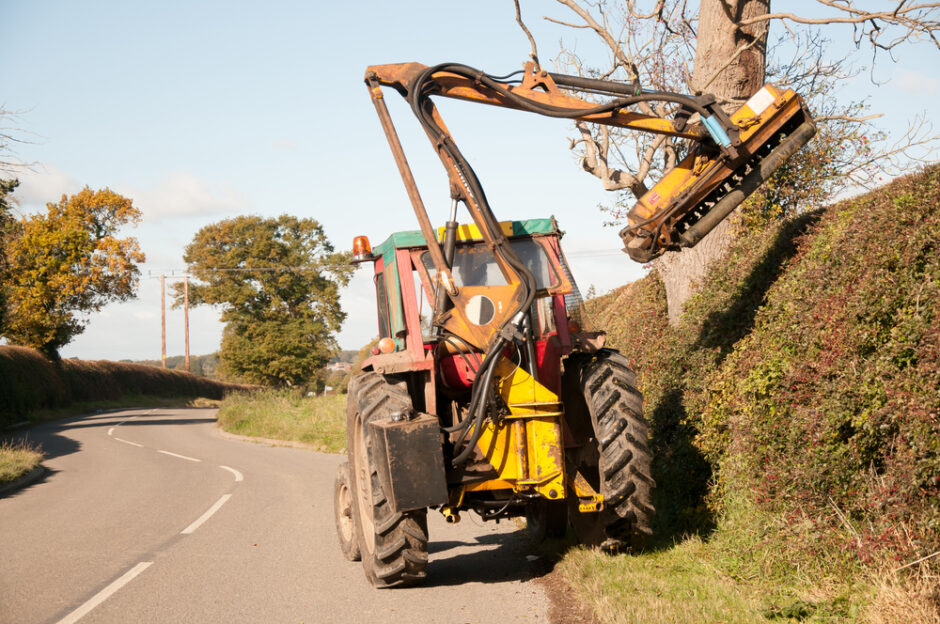Will Any Plant Make A Hedge?
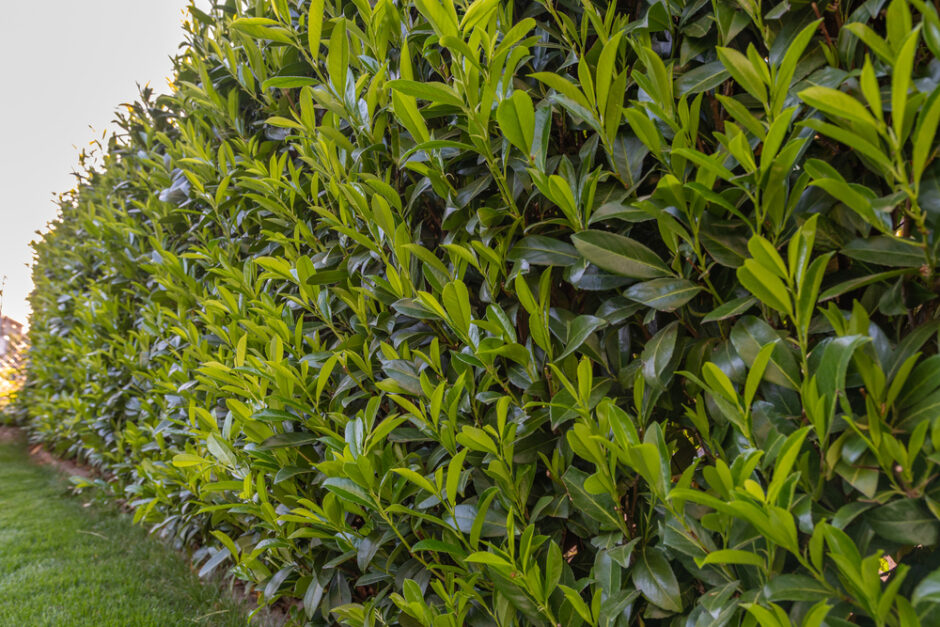
Laurel
The main characteristic that is necessary for a hedge is that it should remain well furnished with branches from the ground up. Many plants are therefore not suitable because of their tendency to shed their lower branches as they mature. If you need a solid barrier, either physically or even visually, then that permanence is important.
So, before we go too far, we need to know what we want the hedge to achieve. i.e. to hide something, or to define a boundary etc.. Then we need to know what size we want it to reach. Does it need to be deciduous or evergreen? Will it be there to discourage trespassers and have thorns? Do you want it to have a show of flowers, or berries? Do we need it to be a backdrop in order to show off other plants or architectural features? Does it need to be shade tolerant? If it is to be by a road, will it put up with salt spray in the winter? There may be many other specific considerations which need to be taken into account, so take the time to think it through.
For the purposes of this blog, we’ll assume that our choice of species will come from the woody perennials, i.e. Trees and Shrubs, although this is not exclusively the case.
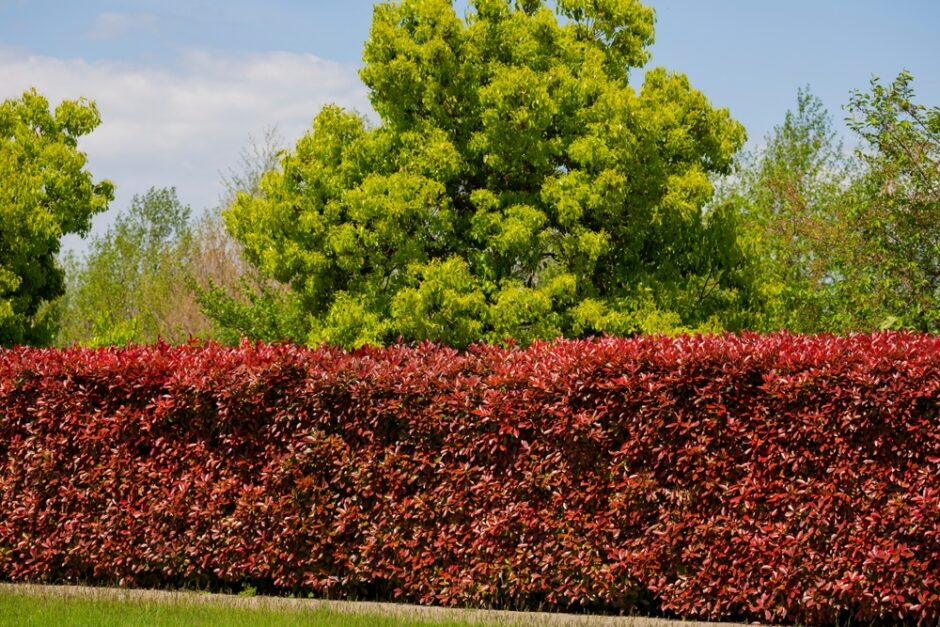
Berberis
This prickly hedge is created from a variety of Berberis and as such is armed with thorns. Very much a ‘Keep to the Path’ type of hedge.
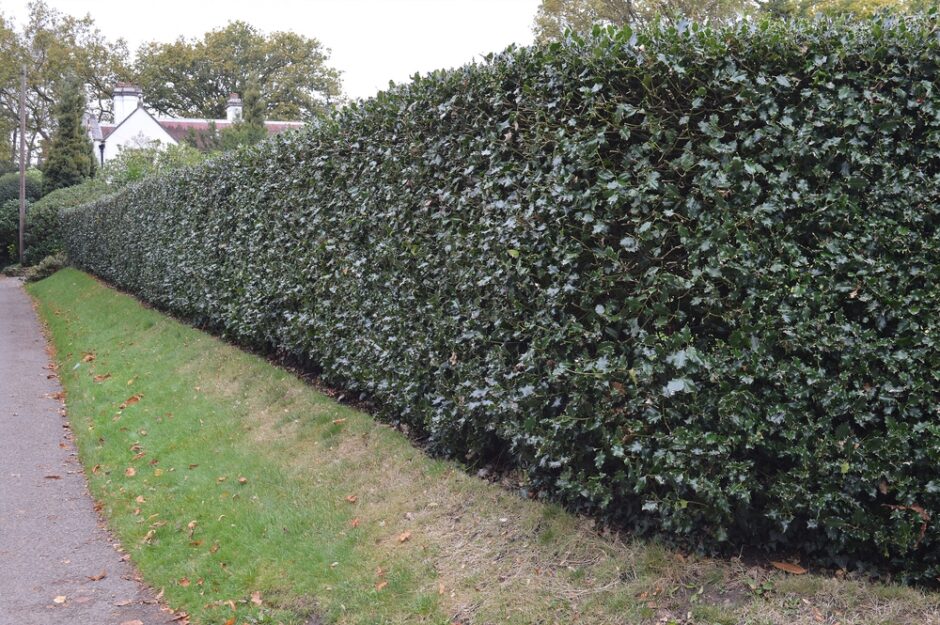
Holly
This prickly hedge is of the common Holly. It has prickly leaves and will form a dense hedge which is tolerant of shade.
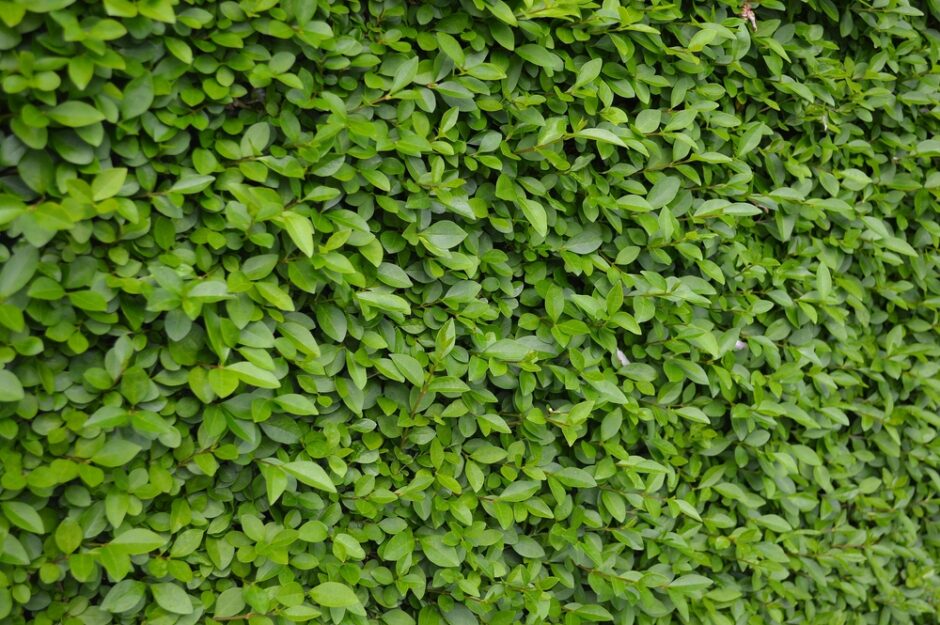
Privet
Privet is a very common choice for a hedge, and it is extremely likely that most of us will already recognize it.
It will produce an abundance of white flowers, followed at the end of the summer by hoards of small black berries.
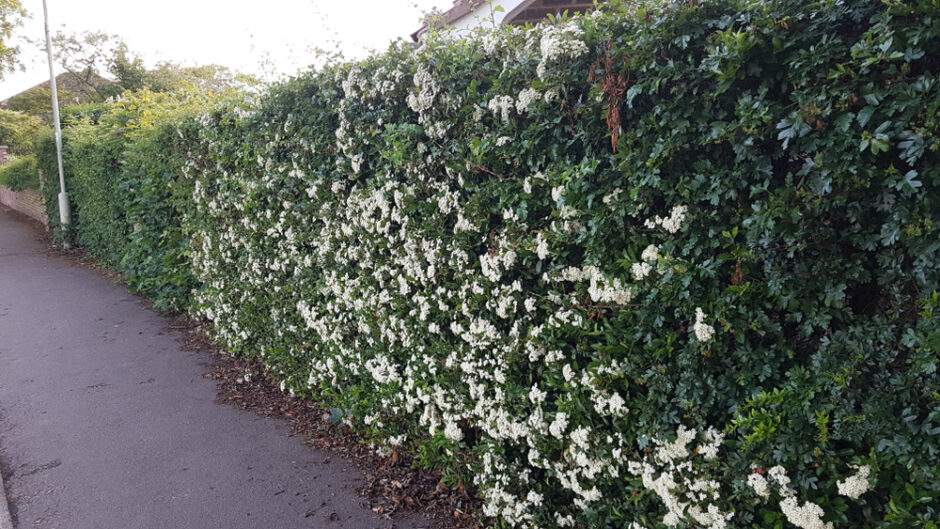
Hawthorn
This Deciduous prickly hedge is of Hawthorn. It stays well furnished to the ground, trims well and repels intruders.
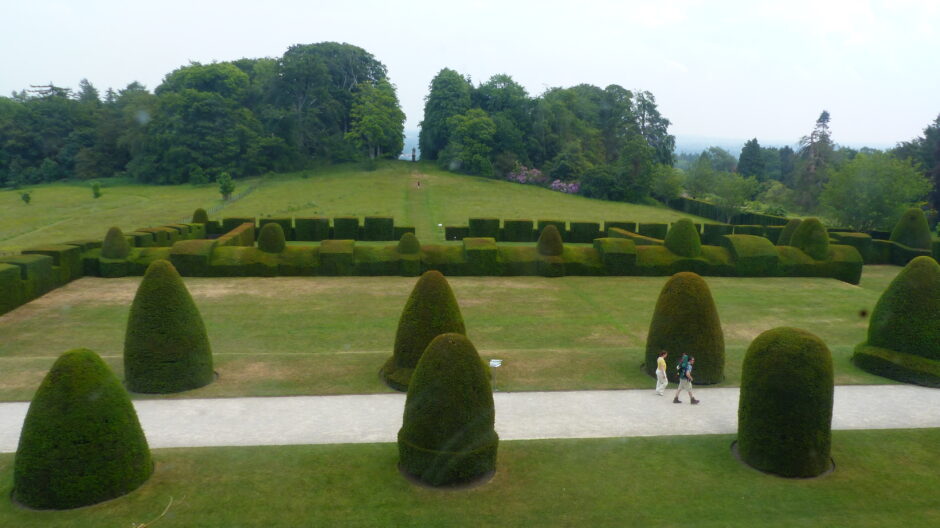
Yew
Commonly seen in formal settings, Yew makes a terrific evergreen hedge, and is often used in Topiary .
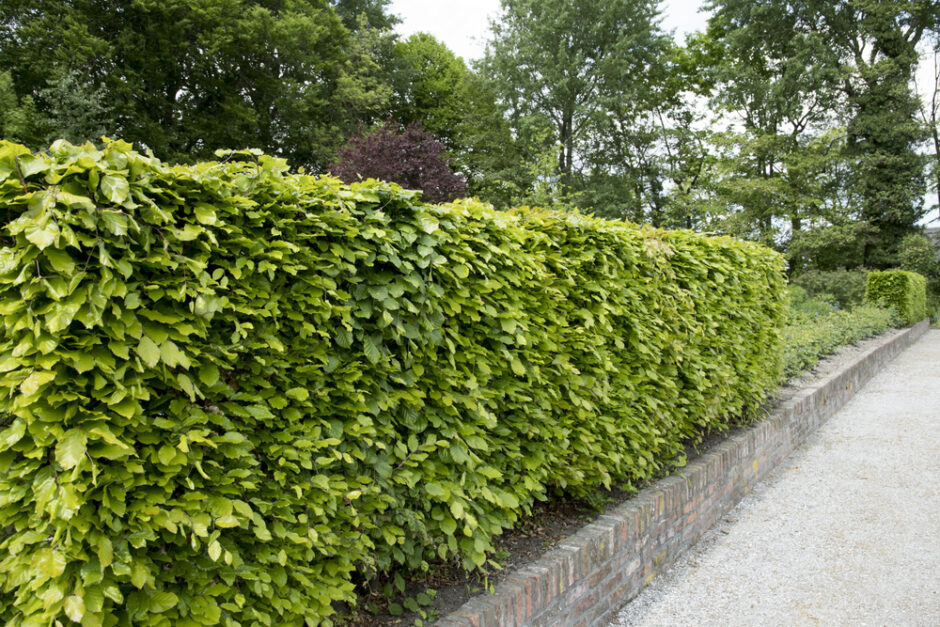
Beech
Making a magnificent large tree, Beech also makes a very good hedge. Its green leaves turning a golden brown at summer’s end and remaining in place for the winter.
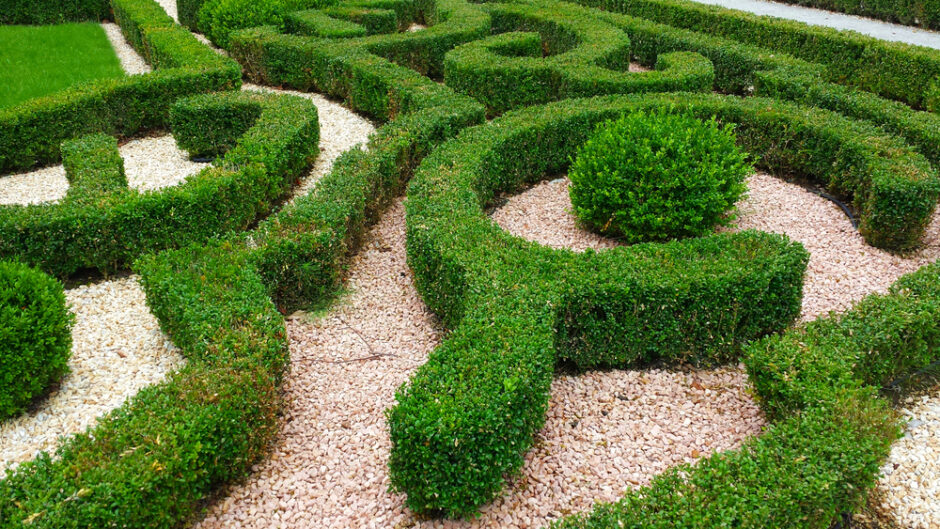
Box
Although Box makes quite a large shrub if left to its own devices, it is commonly used in Knot Gardens or to define the edge of paths in formal settings.
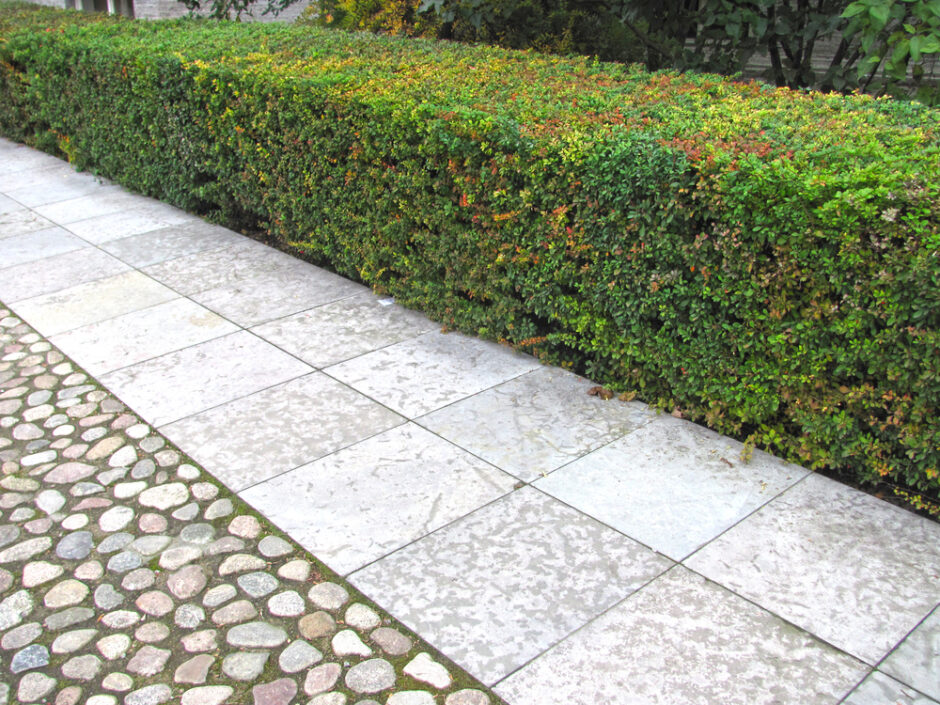
Cotoneaster
There are a few varieties of Cotoneaster that make decent hedges, some remaining resolutely green and others showing shades of red and orange as autumn settles in.
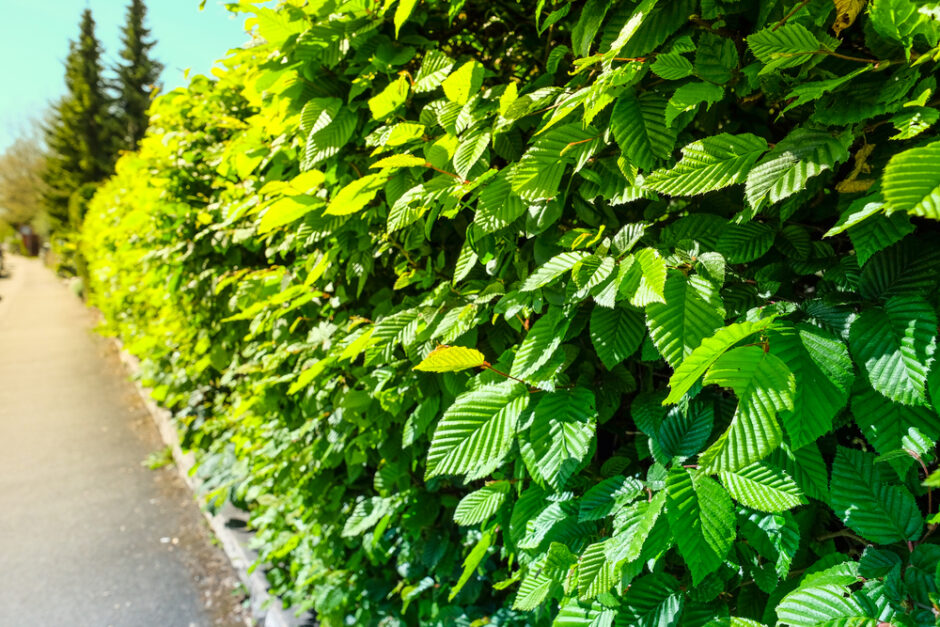
Hornbeam
Not to be confused with Beech hedging, to the untrained eye it can easily be mistaken as such. The leaf is more deeply veined and lacks any gloss to its leaf.
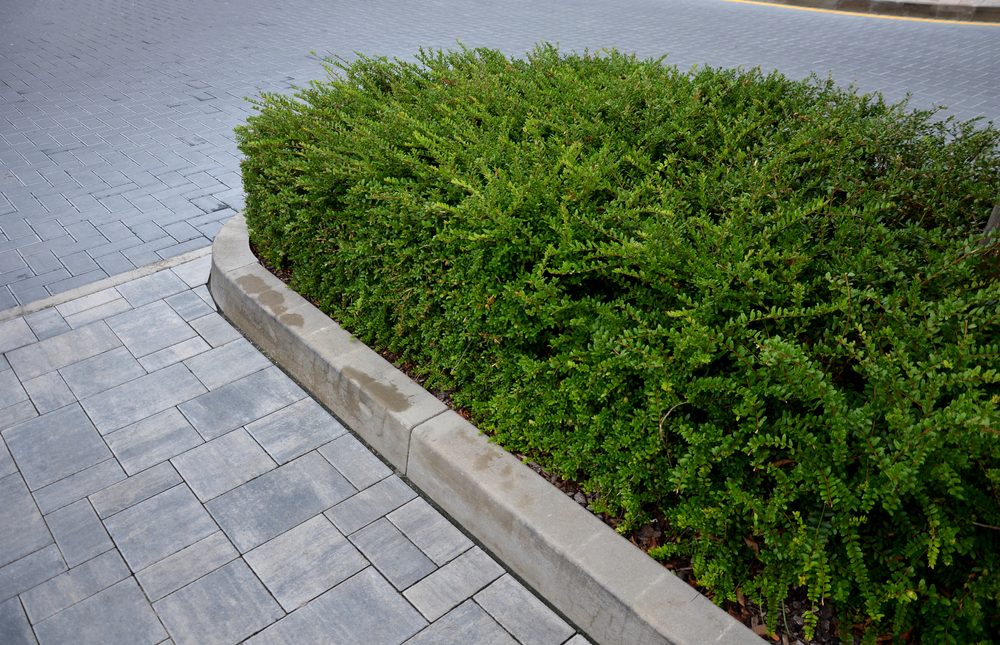
Lonicera
Lonicera is an evergreen hedge which is very quick to establish, putting on several feet of growth in one season if allowed to do so. Great for Topiary as well.
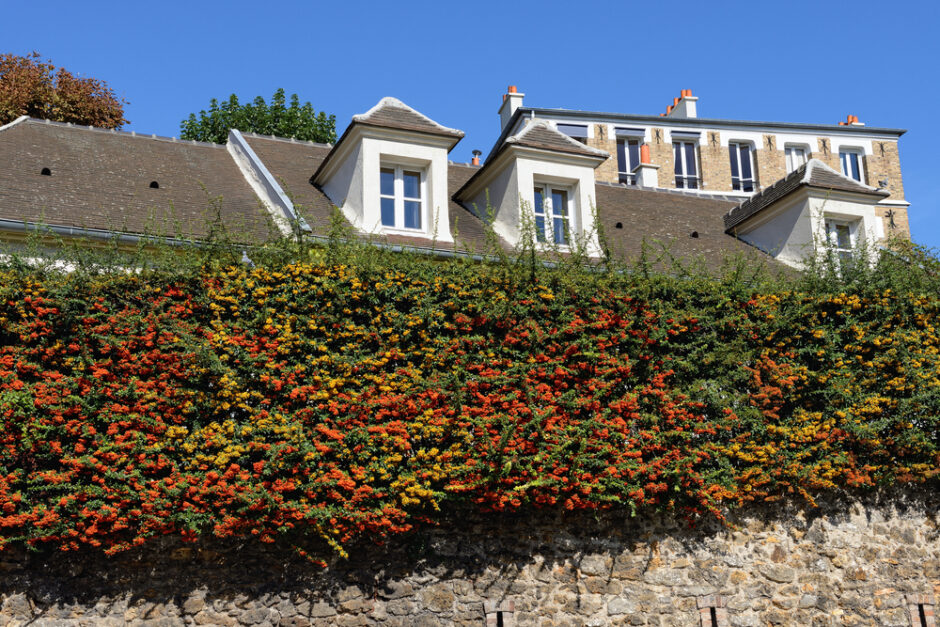
Pyracantha
An exceedingly spiteful prickly plant, Pyracantha is amongst the Princes of ‘Keep to the Path’ hedges. Evergreen leaves, white flowers early on, and depending on variety, Red, Yellow or Orange Berries.
